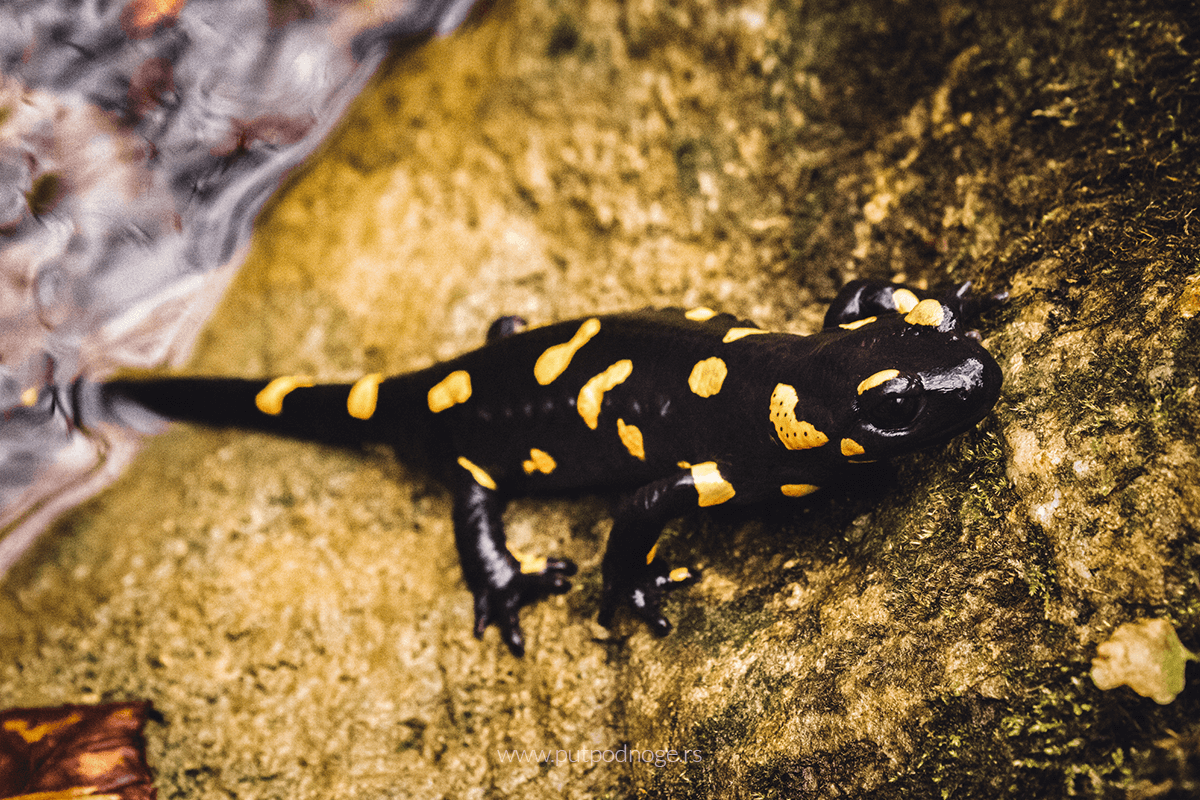
The Story of the Salamander
Walking along a trail, you might not even notice it; if you do, it will likely try to escape under a pile of leaves. Fascinating to some, repulsive to others, the salamander has long been a subject of human imagination, transforming it into a supernatural being of remarkable abilities.
Let the story of the salamander begin.
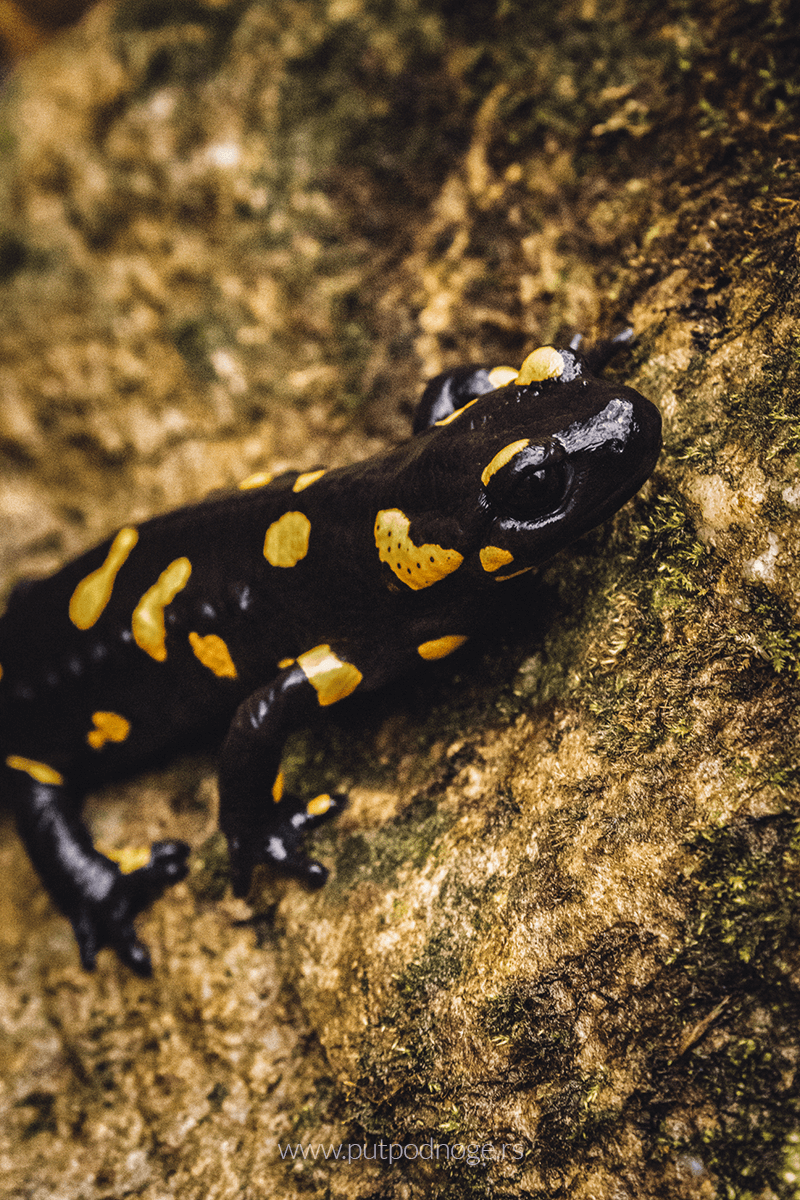
One of the oldest legends tied to this incredible creature is that the salamander can extinguish fire. In the first century AD, Pliny the Elder sought to prove this by throwing a salamander into the flames. He aimed to demonstrate that this creature not only survives fire but can also extinguish it. Relying on Aristotle‘s claims, he was likely more than convinced of the success of his endeavor. Or perhaps not?!
But where did such an idea originate? The Latin name, Salamandra, comes from Persian and means “fire from within.” There are several interpretations, but all agree that the name entered Greek and Latin from Persian and is closely associated with fire. It was believed to be born of fire, like the Phoenix, and this tale of a flame-resistant creature endured from ancient Greece and Rome to the Renaissance.
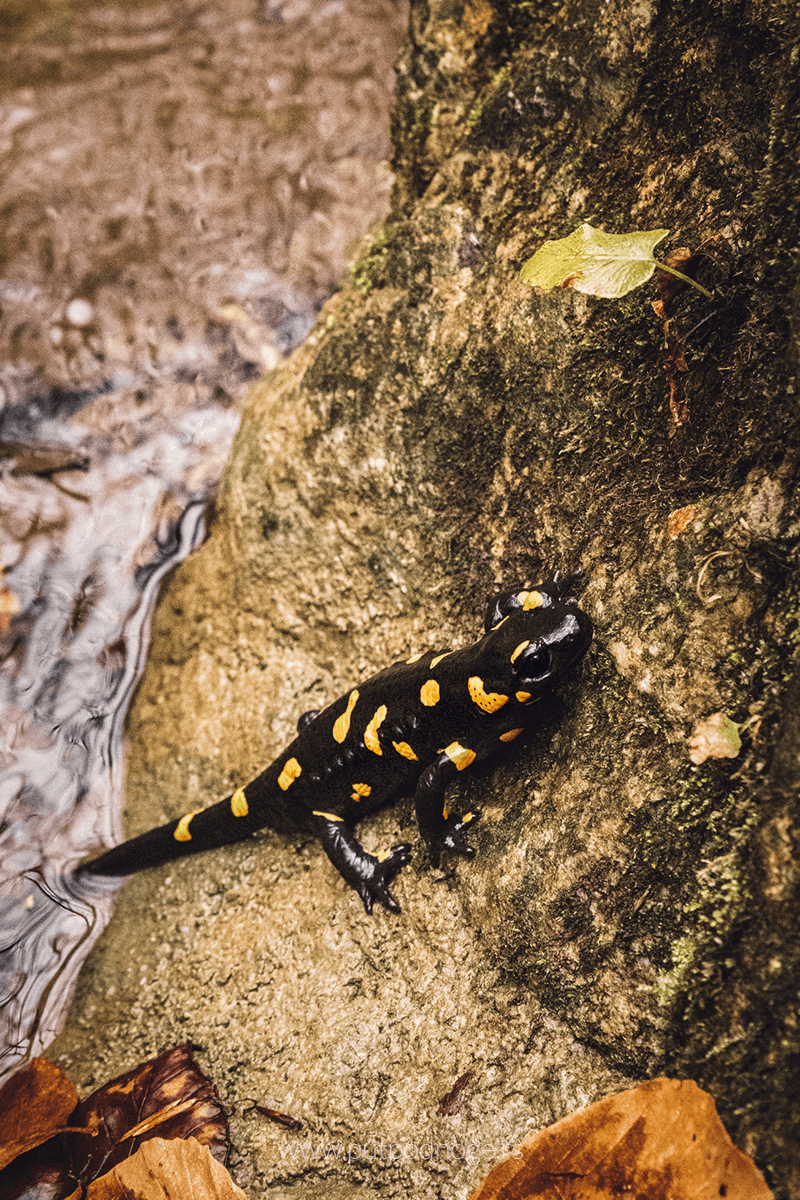
These stories stemmed purely from misunderstandings about this extraordinary being, which, without doubt, struck fear even in the most learned minds of the time. Its dark, perpetually moist, and slimy skin, cold to the touch like ice, led many to believe it could survive fire and even extinguish it. Unfortunately, every attempt to prove these claims ended disastrously for the animal itself, but the legend lived on for centuries.
As if this mystique wasn’t enough, let’s not forget that the salamander is “poisonous.” When threatened, it secretes a white toxin to fend off smaller predators. For humans, this secretion causes skin irritation, but the imagination turned it into a deadly venom. One story claimed a salamander wiped out Alexander the Great’s army, killing 4,000 soldiers and 2,000 horses simply because they drank from a river it had crossed.
Thus, the salamander evolved from a creature that “sheds fur” and changes skin color into a universal danger.
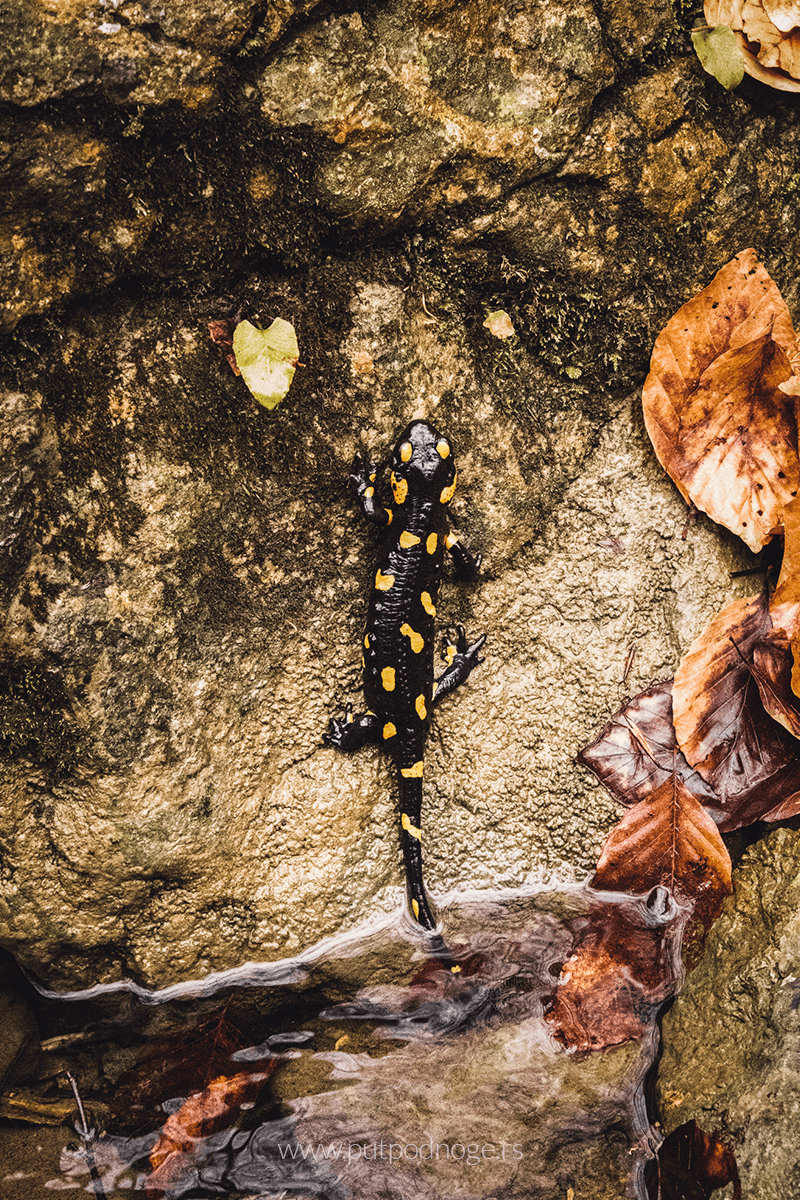
Saint Isidore of Seville even recorded that the salamander could kill multiple victims simultaneously: “If it crawls on a tree, it poisons all the fruit, killing those who eat it; even if it falls into a well, the potency of its venom kills those who drink the water.” He also reiterated the age-old belief that it is immune to fire.
Of course, as one might expect, the salamander is quite toxic, secreting a neurotoxin that deters predators. If threatened, it can even “spray” its toxin at approaching enemies. This fact contributed to its mystique in our region, where it was believed that being sprayed by a salamander would cause blindness, and hearing its piercing “squeal”—a sound hard to describe—would render you deaf.
Just when you think someone might debunk the salamander’s mystical powers, along comes none other than Leonardo da Vinci, who not only confirmed these ancient beliefs but added to them. He claimed that the salamander “has no digestive organs and feeds only on fire, constantly renewing its scaly skin in flames.” Alchemist Paracelsus later elevated it further, declaring the salamander one of the four “elements”—naturally, it represented fire.
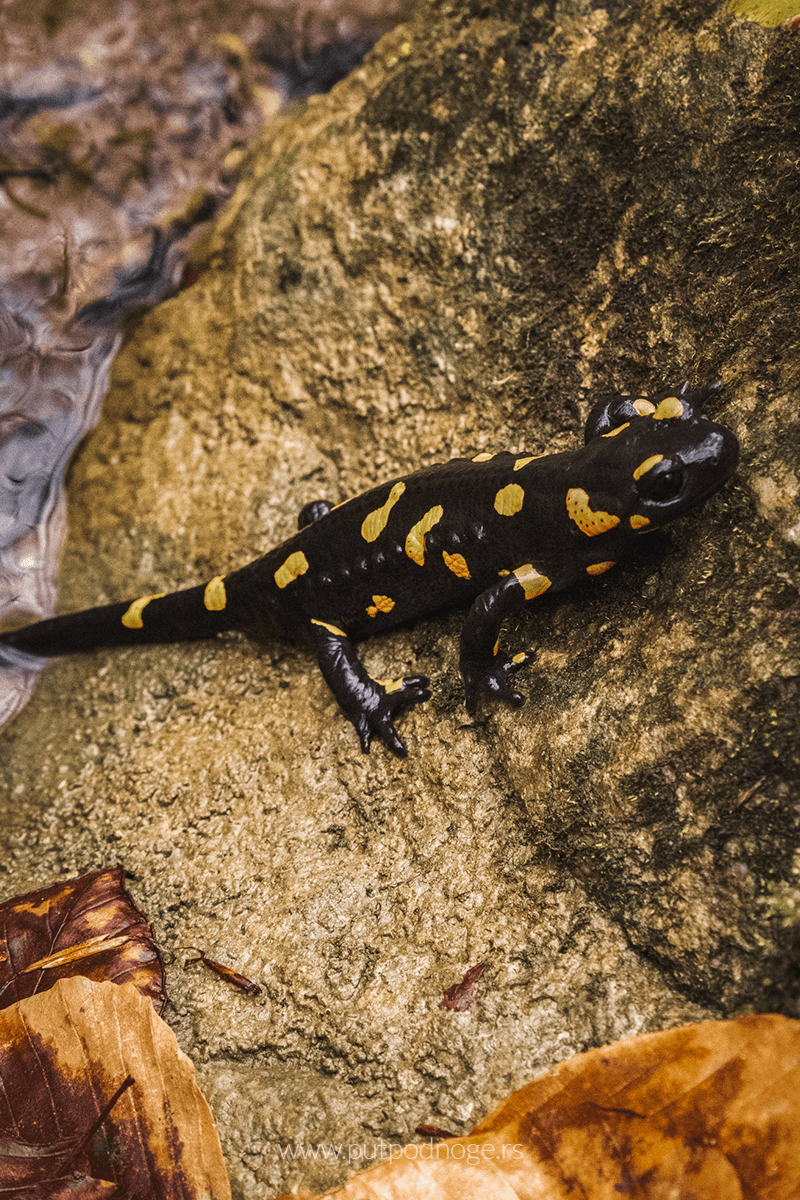
New twists arose with Marco Polo’s observations, who noted: “The truth is that the salamander is not a beast, as claimed in our part of the world, but a substance found in the earth.” It seems Asia was more rational regarding this animal, but this is a mix-up of tales. The term “salamander” referred to asbestos in Asia. Though now banned in construction, asbestos was known for its fire-resistant properties long before our time. In antiquity, asbestos was woven into royal garments. Pliny recorded its use for wrapping the dead on funeral pyres, as it left only pure ash untainted by charred cloth. Marco Polo himself recounted a story about asbestos fibers being used to make napkins that turned snow-white when placed in fire. Indeed, Persians used asbestos to impress their guests by throwing napkins into fire, only to retrieve them perfectly clean and white. This fabric, believed to be made of asbestos imported via the Hindu Kush, was associated with salamander legends.
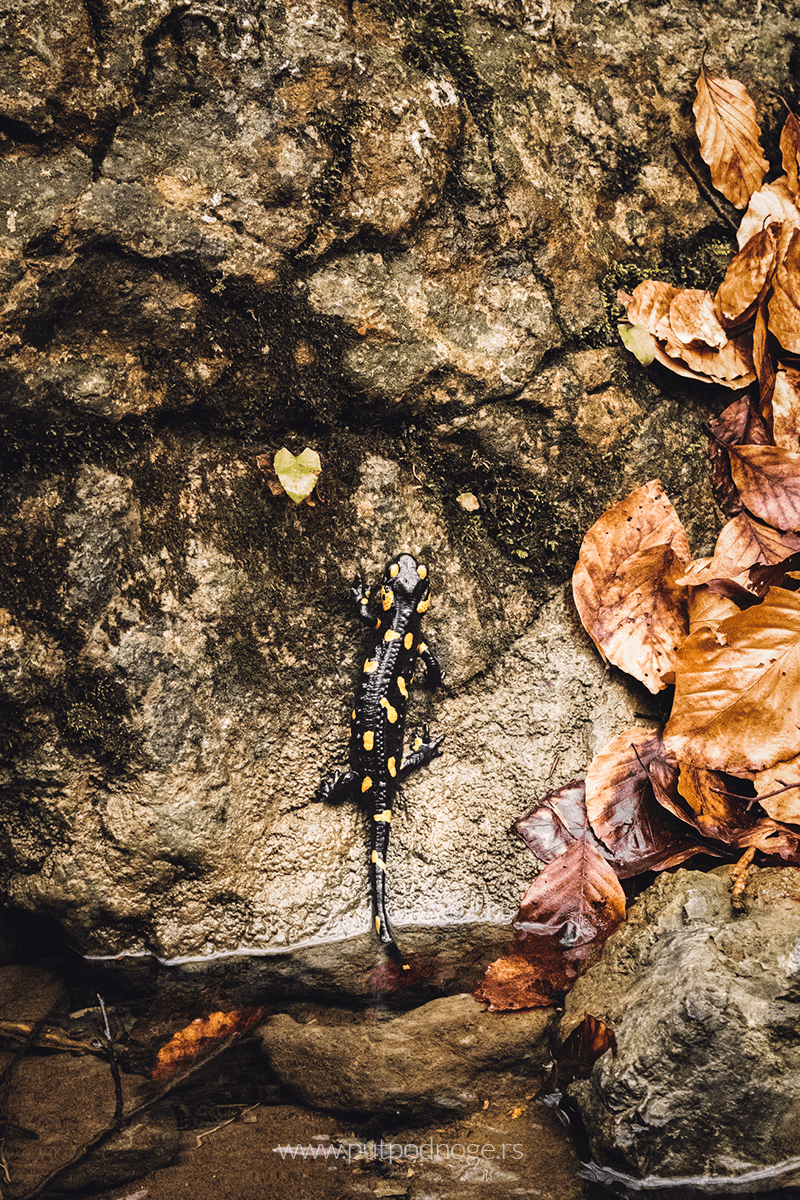
Blending all these tales, the slimy salamander at some point became a furry creature, illustrated as such in some medieval texts. How did this confusion arise? Asbestos was referred to as “salamander wool,” influenced by legends of the salamander’s fire-resistance.
As is often the case, the explanation is simple—almost disappointingly so. Salamanders live in damp environments, always near water sources, and often hide in tree trunks if there are no leaf piles. When humans burned logs for warmth, they were startled to see a slimy creature crawling out of the wood, fleeing the flames. Mysticism deeply rooted in human consciousness transformed the salamander’s escape from fire into its fiery birth.




Leave a Reply